Ever wondered what’s happening with the moon each night? Wonder no more, we’ve got all the information you need about tonight’s lunar offering.
What is today’s moon phase?
As of Thursday, Oct. 23,…
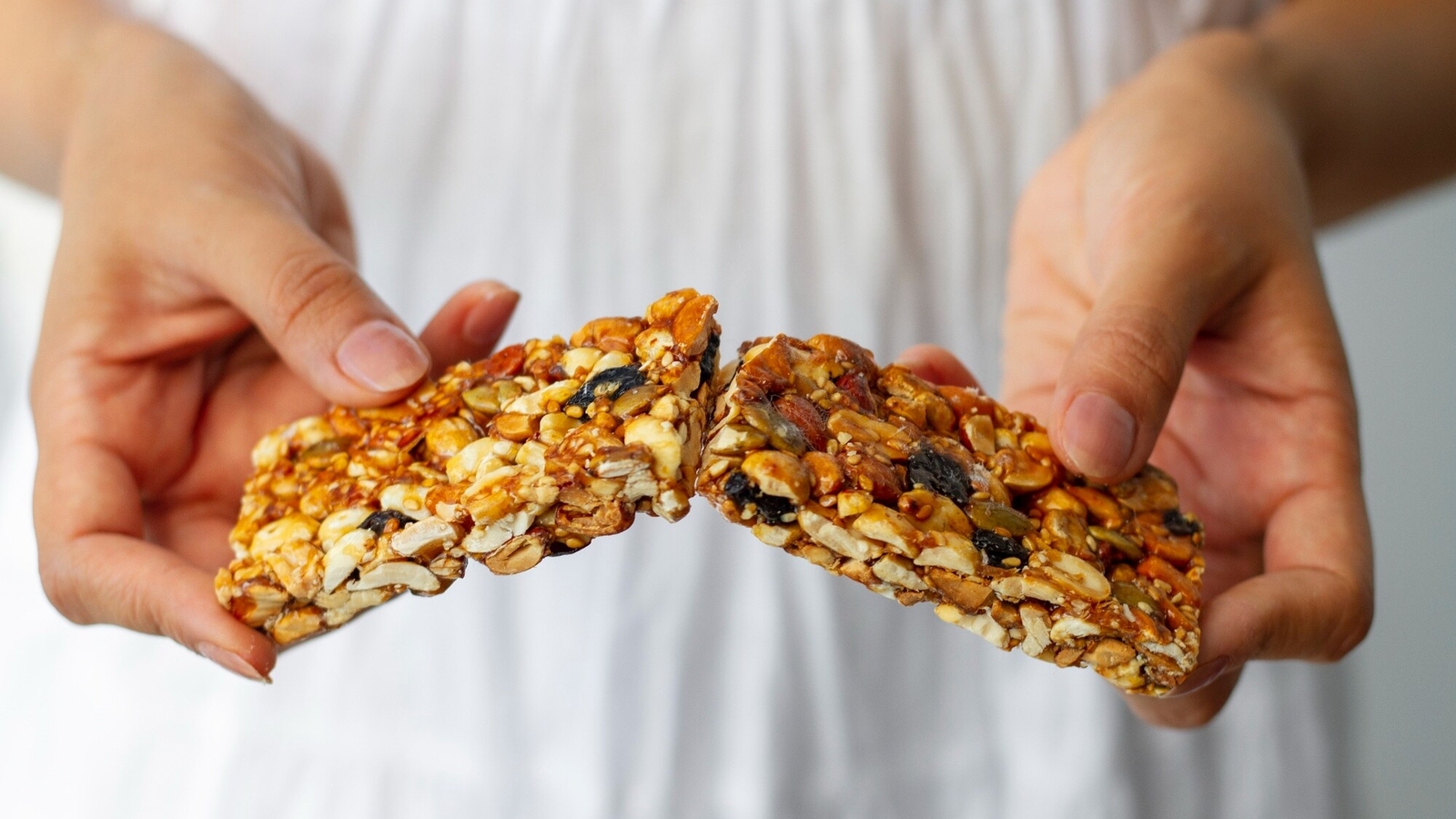
Do you throw protein bars into your gym bag or choose ‘zero sugar’ treats and artificial sweeteners over a piece of fruit and regular sugar? Given the wide variety of flavoured yoghurts and protein bars on the market, it’s important to know…
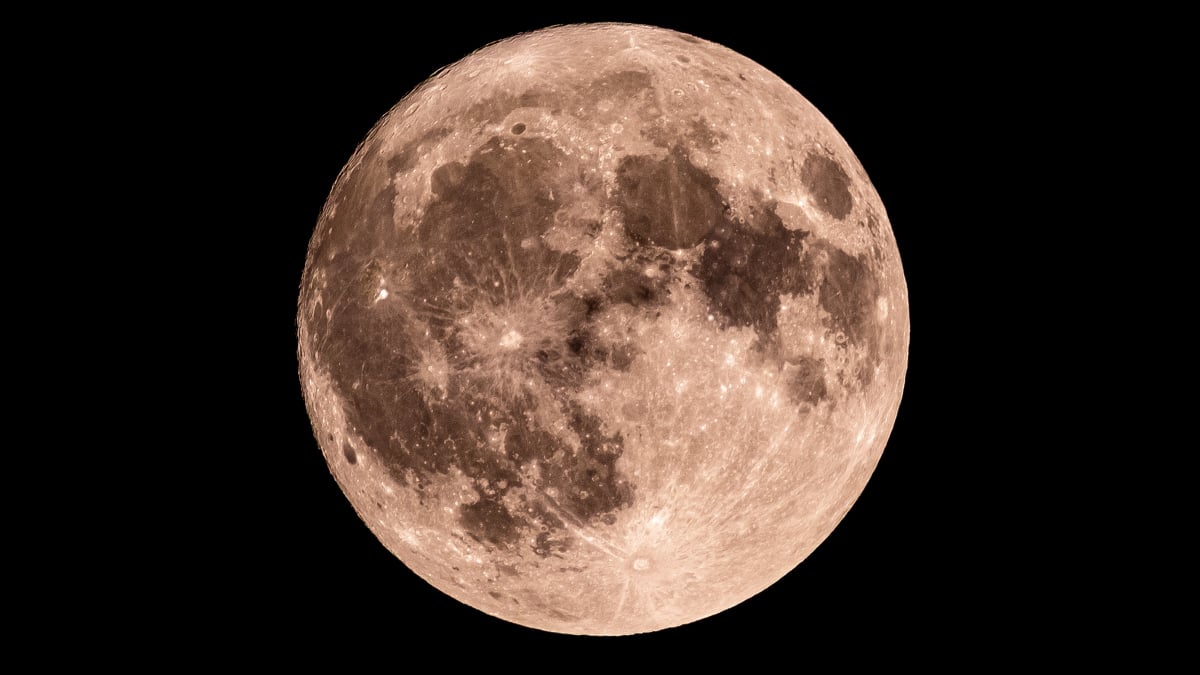
Ever wondered what’s happening with the moon each night? Wonder no more, we’ve got all the information you need about tonight’s lunar offering.
As of Thursday, Oct. 23,…
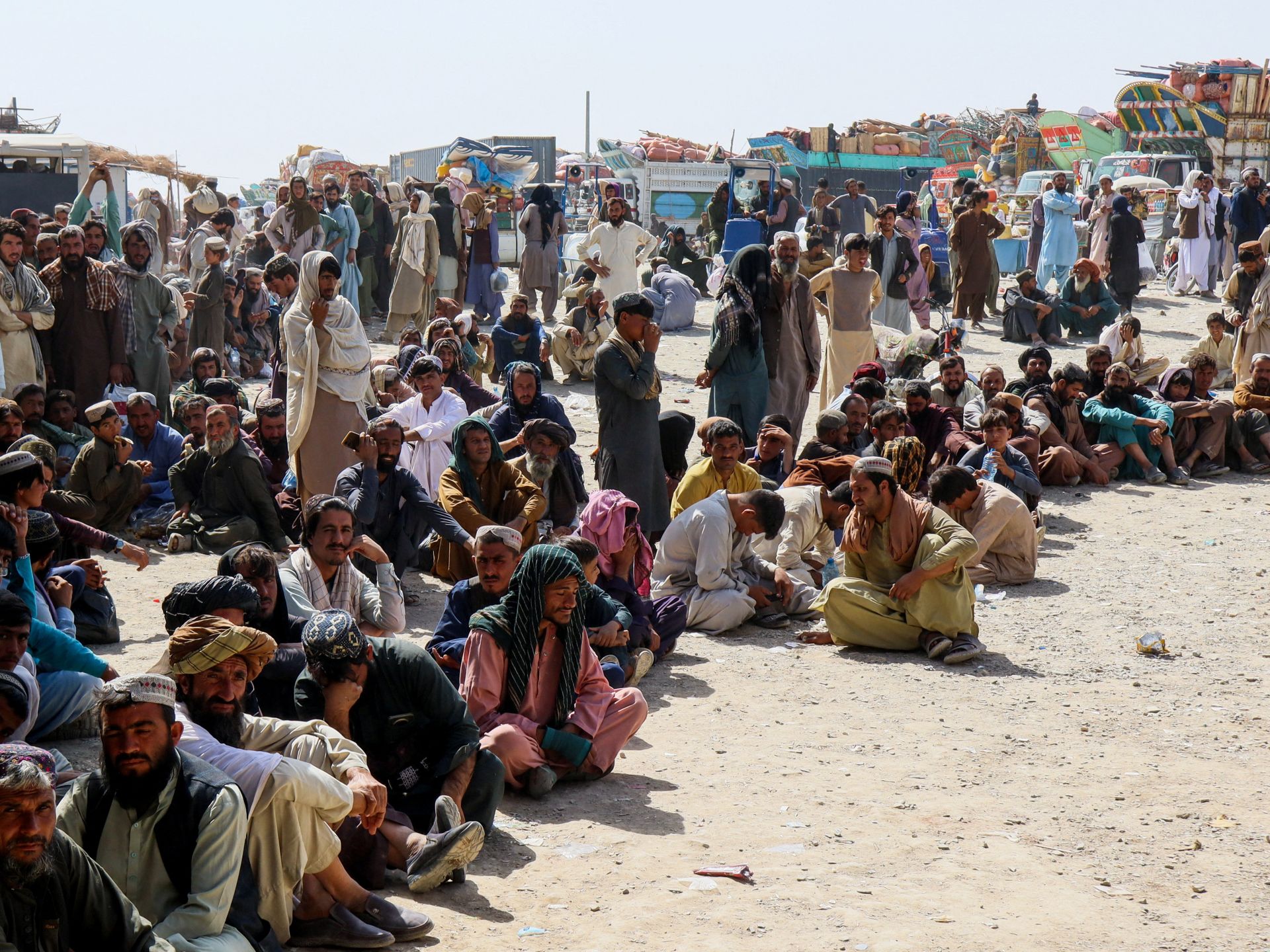
Published On 23 Oct 2025
Pakistan and Taliban-led Afghanistan have agreed to a ceasefire after some of the worst cross-border violence in years. Relations have soured over Islamabad’s…
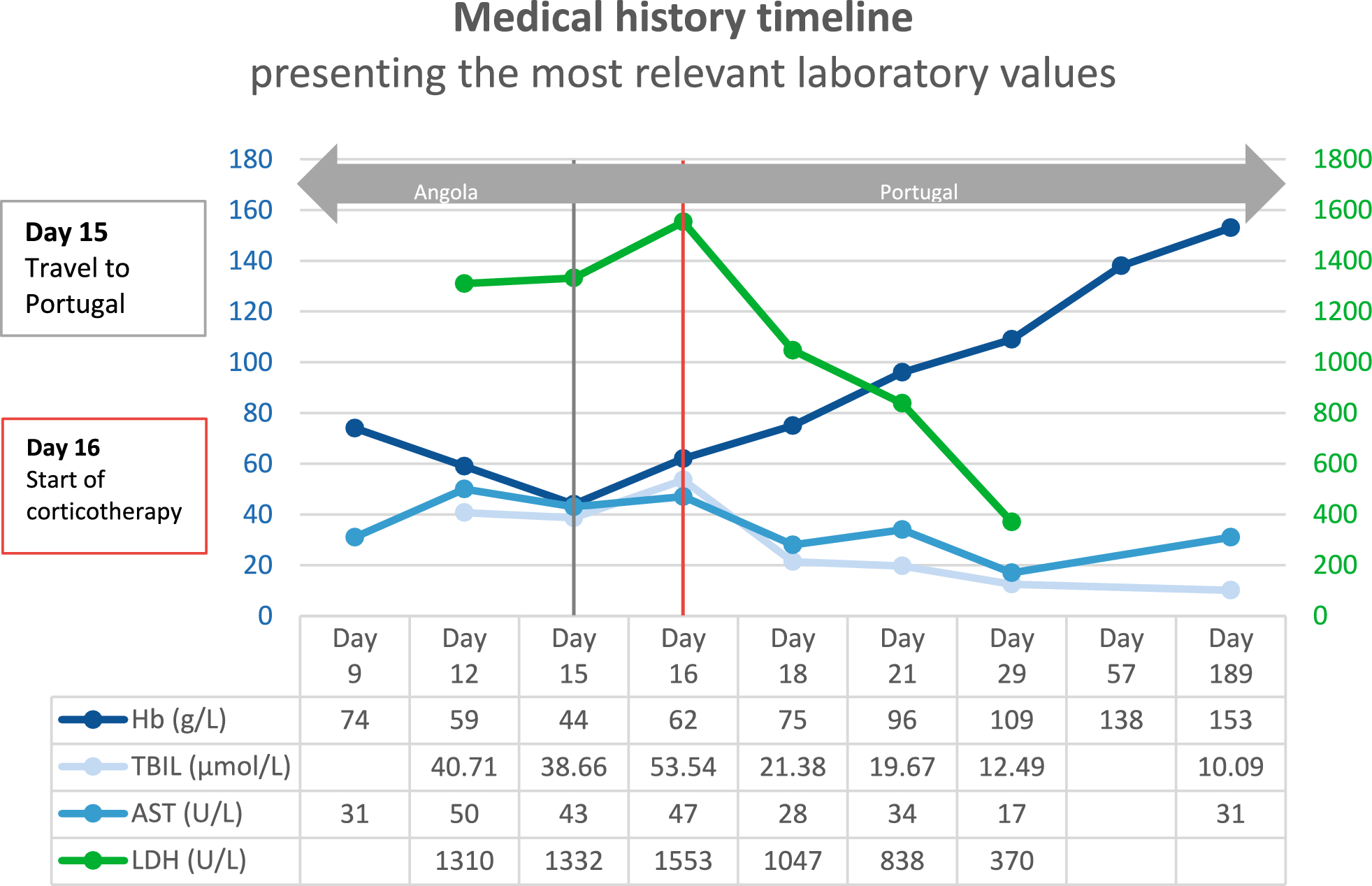
A 59-year-old man with no relevant medical history presented to the Emergency Department at night, coming straight from the airport, reporting asthenia and jaundice. The patient disclosed a recent travel to Angola, where he had received treatment…
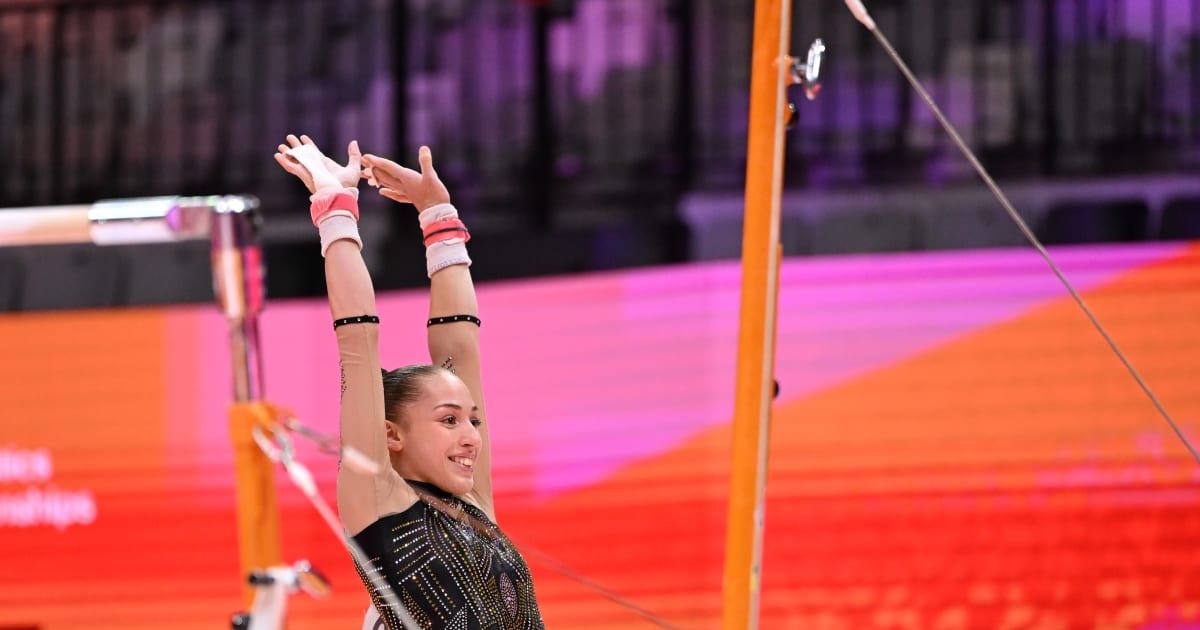
Coming into these championships and ahead of Thursday’s (23 October) women’s all-around final, Nemour has been one to watch.
And while her trademark work on the uneven bars continues to make waves, she…
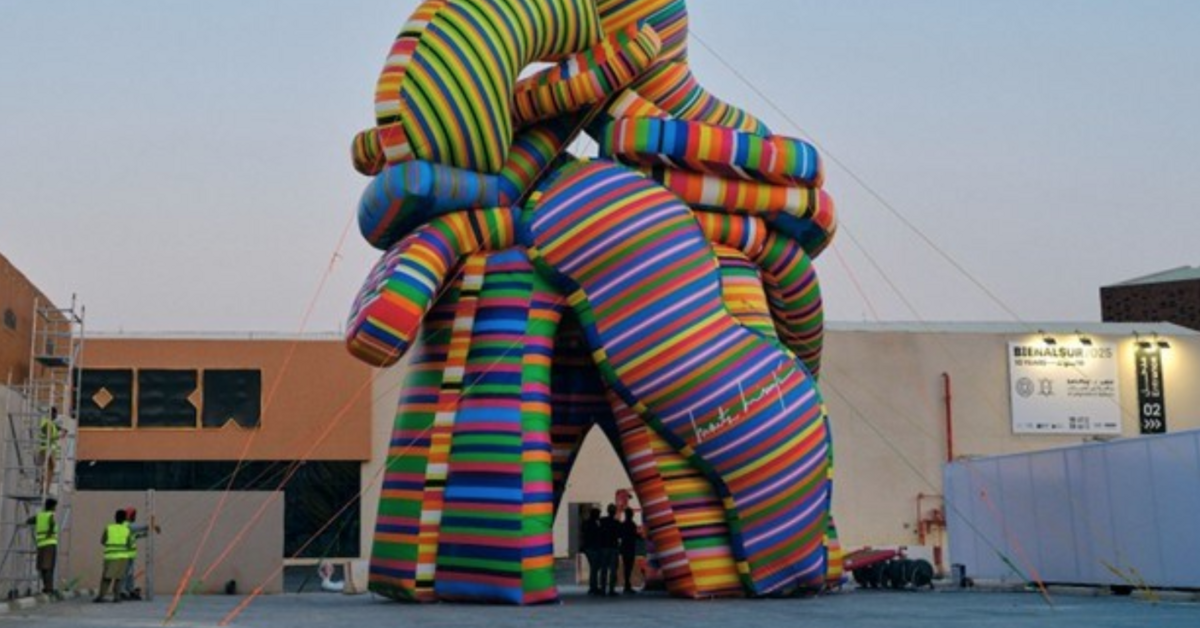
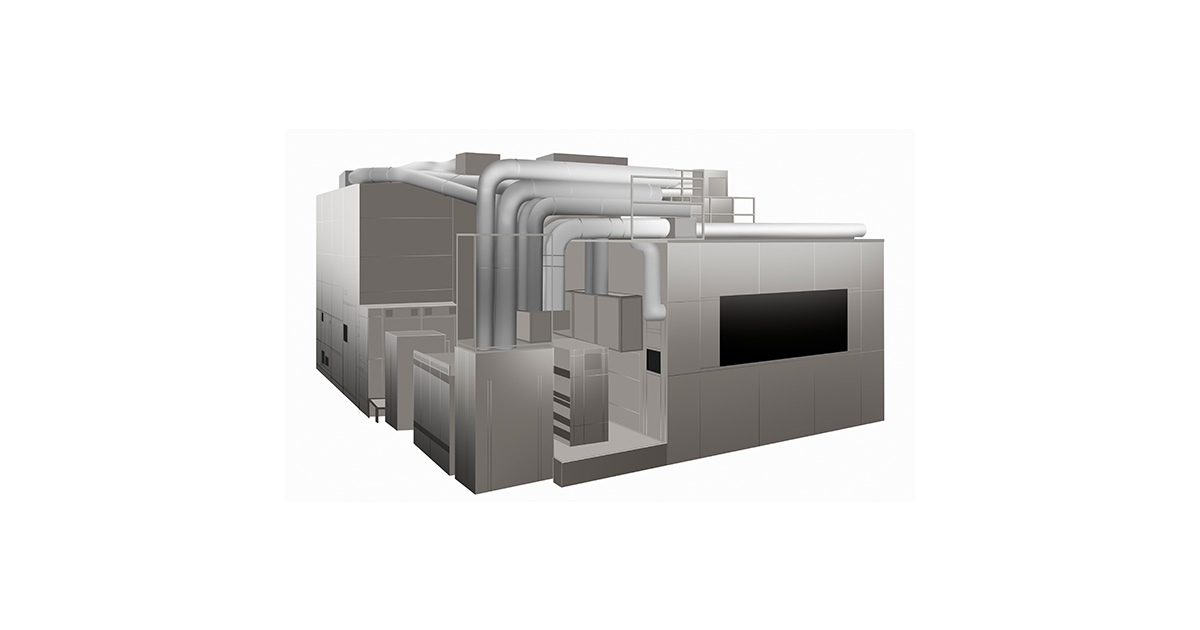
TOKYO – Nikon Corporation (Nikon) will begin accepting orders for Gen 8 plate (2,290 mm × 2,620 mm) FPD lithography systems FX-88SL and FX-88SLD*1 in November 2025. These are the first FPD lithography systems that employ a UV-LED (ultraviolet LED) light source*2, reducing environmental impact while also providing high resolution and productivity.
| Product name | FPD lithography system FX-88SL and FPD lithography system FX-88SLD |
|---|---|
| Start of acceptance of orders | In November 2025 |
| Sales launch | In April 2026 |
As the demand for high-definition panels continues to grow, from smart devices to large high-end monitors, there is an increasing need to achieve both high productivity and reduced power consumption in panel manufacturing. In response to this trend, Nikon has proactively developed FPD lithography systems that employ a UV-LED light source. The UV-LED light source enables high productivity, saves energy, and reduces running costs with their high illumination power. Additionally, it contributes to environmental impact reduction by being mercury-free. Through such efforts, Nikon will continue to promote the realization of a sustainable society, as well as ongoing growth as a company, by promoting the reduction of environmental impact and other initiatives.
The FX-88SL and FX-88SLD can expose the Gen 8 plate in 4-scan while providing excellent C.D.(Critical dimension) uniformity over the entire surface of the plate by using a high-accuracy focus correction system. The FX-88SL, equipped with a UV-LED light source equivalent to i-line, has achieved a resolution of 1.5 µm*3 L/S*4. The takt time is 39 seconds per plate, a 17% improvement over the conventional FX-88S*5. The FX-88SLD, equipped with a UV-LED light source with two wavelengths*6, further improves productivity in manufacturing processes that require high illumination power.
An overlay accuracy of ±0.3 µm has been achieved through high-accuracy alignment technology. By Nikon’s proprietary multi-lens system*7, each individual lens can be controlled precisely. This technology is effective in correcting deformations in large plates, enabling highly accurate overlay. As a result, it contributes to high-yield mass production.
UV-LED, which features low power consumption and is mercury-free, is employed as the light source. Its high level of illumination power not only improves productivity but also reduces running costs. In addition, Nikon has established a recycling scheme for UV-LED light source components, advancing toward the realization of a sustainable society.
Swipe horizontally to view full table.
| FX-88SL | FX-88SLD | |
|---|---|---|
| Resolution |
1.5 µm L/S 1.8 µm C/H |
2.5 µm L/S 2.5 µm C/H |
| Light source | UV-LED i-line equivalent | UV-LED i-line + h-line equivalent |
| Projection magnification | 1 : 1 | |
| Overlay accuracy | ±0.30 µm | |
| Plate size | 2,290 mm × 2,620 mm | |
| Takt time |
39 s/plate Conditions: 2,290 mm × 2,620 mm, 4-scan, i-line, 30 mJ/cm2 |
39 s/plate Conditions: 2,290 mm × 2,620 mm, 4-scan, i-line + h-line, 30 mJ/cm2 |
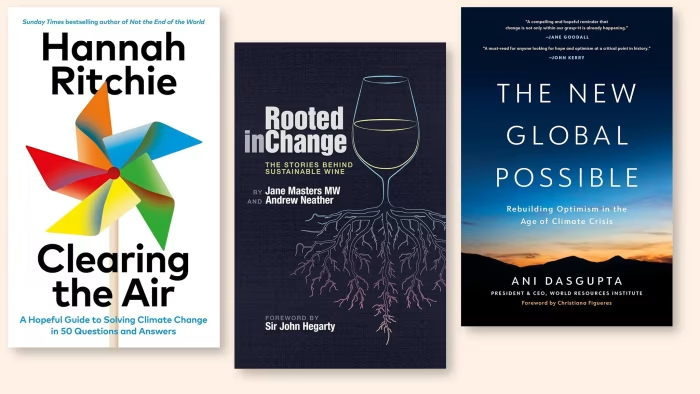
Isn’t it already too late to do anything about climate change? Aren’t renewables too expensive? Don’t electric cars harm the climate as much as petrol cars?
No, no and no, says Oxford university data scientist Hannah Ritchie, in Clearing the Air: A Hopeful Guide to Solving Climate Change — in 50 Questions and Answers (Chatto & Windus £20).
This is Ritchie’s second book in two years, following last year’s Not the End of the World, and its answers to 50 common questions about tackling climate change are a powerful guide to this fast-changing topic.
Take this question beloved of climate action sceptics the world over: if my country only emits 1 per cent of the world’s emissions, isn’t it too small to make a difference?
As Ritchie writes, there are a lot more of these “negligible” countries than you might think. Only six countries emit more than 2 per cent each of the global total: China (by far the biggest), the US, India, Russia, Japan and Indonesia. If you add up the rest, they emit 36 per cent of the world’s CO₂, which is more than China. And as Ritchie says, if each did nothing, the biggest chunk of the world’s emissions wouldn’t budge and “that’s not an option”.
Arguing about climate change is a luxury some industries cannot afford, as Jane Masters and Andrew Neather demonstrate in Rooted in Change: The Stories Behind Sustainable Wine (Académie du Vin Library £20).
As their absorbing book reveals, “climatic challenges” were a major contributor to plummeting levels of wine production that last year saw the global total drop to its lowest level since 1961.
Climate change is “a serious and immediate threat” to wine growers and drinkers, even in places such as England, where rising temperatures have driven the growth of vineyards. Warmer winters there can still lead to earlier buds that can be destroyed by spring frosts.
Masters and Neather outline many ways in which the industry can adapt to, and fight, climate change. That includes using corks, which have a much lower carbon footprint than aluminium screw-tops; but the latter pale beside bottles, the industry’s biggest source of emissions.
About 85 per cent of wine is sold in glass bottles, and because so many people think good wine comes in heavy bottles, some bottles weigh up to 1.2kg — requiring more energy and materials to produce, and more fuel to transport. The authors deem this “an entirely unnecessary and wasteful marketing choice” and highlight producers using bottles as light as 450g or less.

Ani Dasgupta takes a broader look at climate solutions in The New Global Possible: Rebuilding Optimism in the Age of Climate Crisis (Disruption Books $29 hardcover/$16.99 ebook).
Dasgupta is president of the World Resources Institute, one of world’s largest environmental think-tanks, but avoids the common trap of simply listing a series of policy goals and prescriptions. Instead, he makes an admirable effort to show why climate action has been so slow and how it might be sped up in areas he thinks hold the most promise for exponential change.
For businesses, this means recognising the limits of voluntary corporate efforts and instead working to build consistent regulations that allow firms to prosper while taking climate action. For cities, he highlights a plethora of examples, such as the car-free days pioneered by Colombia’s Bogotá that have inspired hundreds of other cities across the world to allow pedestrians and cyclists to reclaim the streets.
When it comes to economic thinking, Dasgupta refers often to one of the leaders in the field, British economist Nicholas Stern, who also has a new book with a hopeful climate message, The Growth Story of the 21st Century: The Economics and Opportunity of Climate Action (LSE Press, open access for digital copies; £35 for the paperback).
It is nearly 20 years since Stern changed the way we think about the costs of climate change in the study he led for the UK government, The Economics of Climate Change: The Stern Review. His study overturned the idea that cutting greenhouse gas emissions would slow economic growth, showing that the costs of climate inaction far outweighed those of action.
Since then, emissions have continued to rise, albeit at a slower pace, and despite huge advances in green technologies the climate threat is deepening. Stern has blunt words for mainstream economics, which he rightly says has focused too much on just one policy — carbon pricing — and failed to contribute as much as it could have to the great climate challenge.
He is convinced of the potential for “a much more attractive story of growth and development” if a series of drivers of growth can be harnessed, probably with the help of AI.
The drivers include green tech innovation and increasing economies of scale, like those India achieved with its large-scale public procurement of LED lightbulbs. Costs of these more energy-efficient bulbs fell by 85 per cent in four years, Stern writes, and India is now aiming to replicate this success with electric buses.
This is Stern’s third climate economics book in 20 years and, as he writes, one measure of its success will be that he won’t need to write a fourth. “I am indeed confident and optimistic about what we can do,” he adds. “I worry very much about what we will do.”
Pilita Clark is an FT business columnist
Join our online book group on Facebook at FT Books Café and follow FT Weekend on Instagram, Bluesky and X